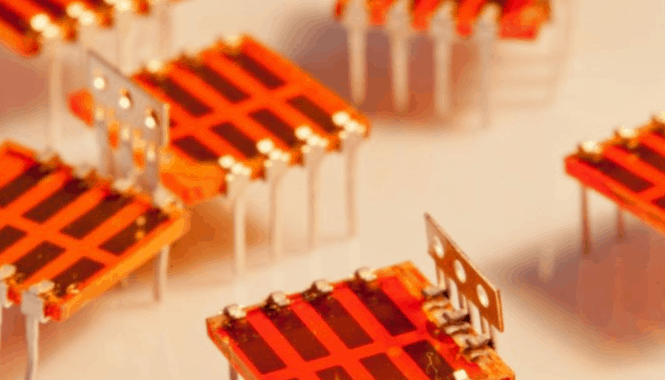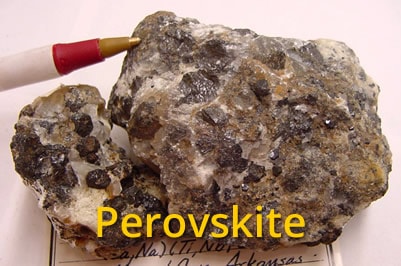Researchers from the University of Cambridge in the United Kingdom and MIT, the National Renewable Energy Laboratory and Colorado School of Mines in the USA have been hard at work coming up with a silicon alternative for solar cells – given that silicon needs to have extremely high levels of purity and as such is very energy intensive to produce. After looking at options such as perovskite solar cells, the team have been using the “green element”, bismuth, in tests to create a low-cost solar cell.
Silicon Alternative for Solar Cells – Research
The vast majority of solar cells we see on rooftops or as part of solar farms are created from silicon – a very efficient element in terms of its ability to convert light into energy, but also, as mentioned, expensive (and energy intensive) to produce.
There has been a lot of research on perovskite solar cells as a possible alternative, which we have reported on previously. Since lead is an integral part of the perovskite cell’s chemical structure, there’s still a search for a cheap, non-toxic material to create these cells – enter Bismuth.

According to ScienceDaily, Bismuth is a heavy metal like lead, but it is non toxic. Previous tests of Bismuth oxyiodide indicated that its efficiency may be too low for solar and it was also easily degraded in liquid electrolytes. However, further research has shown it may in fact be a suitable replacement for silicon in that it’s inexpensive to produce, can be very efficient in converting light into energy, and is eco-friendly.
“Bismuth oxyiodide has all the right physical property attributes for new, highly efficient light absorbers,” said co-author Professor Judith Driscoll, of the Department of Materials Science and Metallurgy. “I first thought of this compound around five years ago, but it took the highly specialised experimental and theoretical skills of a large team for us to prove that this material has real practical potential.”
We’ll see how this exciting research progresses – but in the meantime if you want to read about the study in detail you can find this journal: Strongly Enhanced Photovoltaic Performance and Defect Physics of Air-Stable Bismuth Oxyiodide (BiOI). Advanced Materials, 2017; 1702176 DOI


